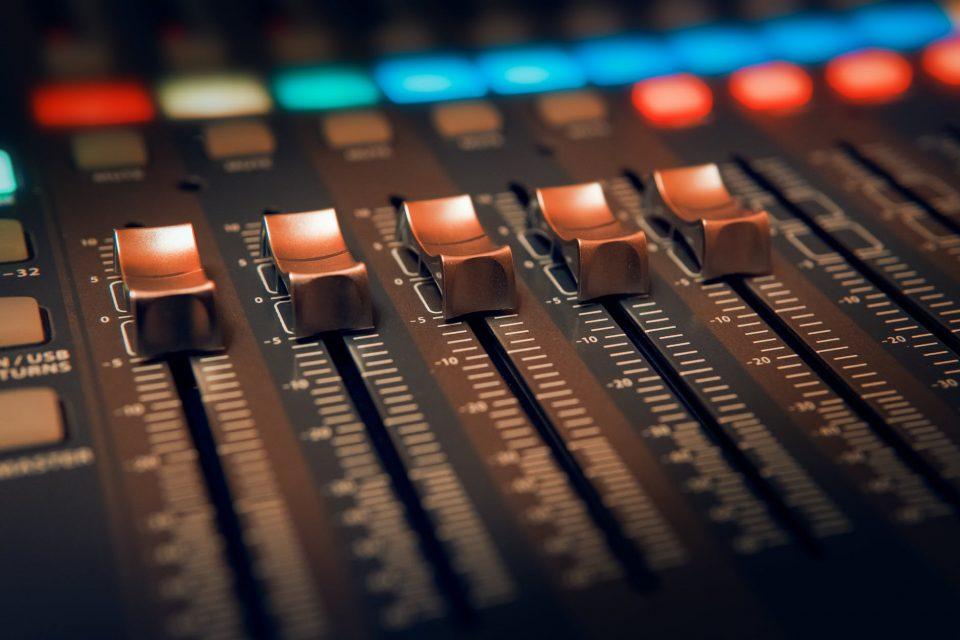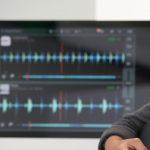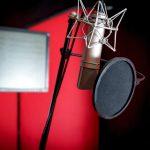The realizations that have grown in the studio for mixing have also led to new applications and ideas for putting together the right mix of instruments. With this has come a variety of technologies and options to ensure that every studio can easily change sound waves within the recording area. These options are allowing for better mixes and blends within each piece of music. Knowing the characteristics of different mixing boards can help you to decide what is your best option.
The number of input devices. Each mixing board comes with a set number of channels. Each of these channels will allow for one instrument to be placed within the mixing board. You may have heard of concepts like the ’24 mixer’ or ’36 mixer’. The numbers referred to are the channels used, each one allowing for an instrument to be in its place. Before you get a mixing board, you will want to think of how many channels you will need at one time, dependent on how many instruments you want or need to record at once.
Different uses for different environments. Different innovations are used in different areas of mixing. Because a sound board has to adapt to both the software for recording and the mix of instruments, different mixers will be available. Some of these will be focused on performance mixing, while others will be strictly for the studio. You can determine which is being used according to the level control features and how the sound board is built.
Analog or Digital. Technology innovations with mixers are constantly re-defining the best and latest types of mixers to use within the recording. This has quickly made a transition from analog to digital mixers. Analog mixers are defined by wired controls that mix in changes and live sounds. Digital mixers, however, will use a digital interface in between. Typically, the mixing difference can be heard in the sound as well as the options for mixing. Because digital is using later technology, it is now moving into innovations such as audio streams, all in one editing options, and more possibilities for controlling volume and input of the sound being used.
Extra effects. No matter what type of mixer you are looking into, you always want to pay attention to the little knobs that are a part of the mix. Depending on the mix and make of the sound board, you will also have different signal options and volume control options, dependent on the mixer. The more complex you want to make the mix or the more instrumentation you have, it will also help you decide what effects you want to take place in the mix and before the sound recording. You should keep in mind that, with these effects, they can not be undone if they are recorded that way as to sound waves, meaning you will want to be cognizant of what is working and what doesn’t in the mix.
Interactions with software. Your mixing board not only provides you with options for pre-recording but also should have options with how it interacts with the software. Not only does each mixing board have different features within the board itself, but it can also interact with the software in certain ways to mix the sound waves in a certain way. You will want to make sure that you have a mixing board that compliments your software system.
If you keep these things in mind with the right mixing board, it will save you time, money and will allow for the right sound to be developed from what you are creating. Your end option will be to customize your sound and create certain controls within your music that best fit what you want to do. By understanding the different qualities of mixing boards and how they can work for you, there will be the ability to have the perfect recipe for your instrumentation mix.




